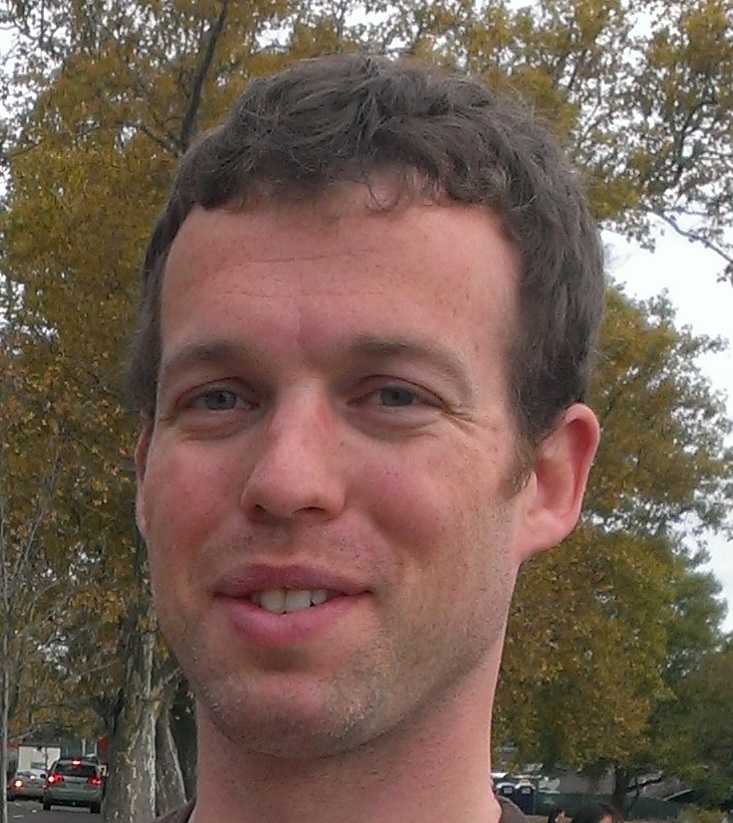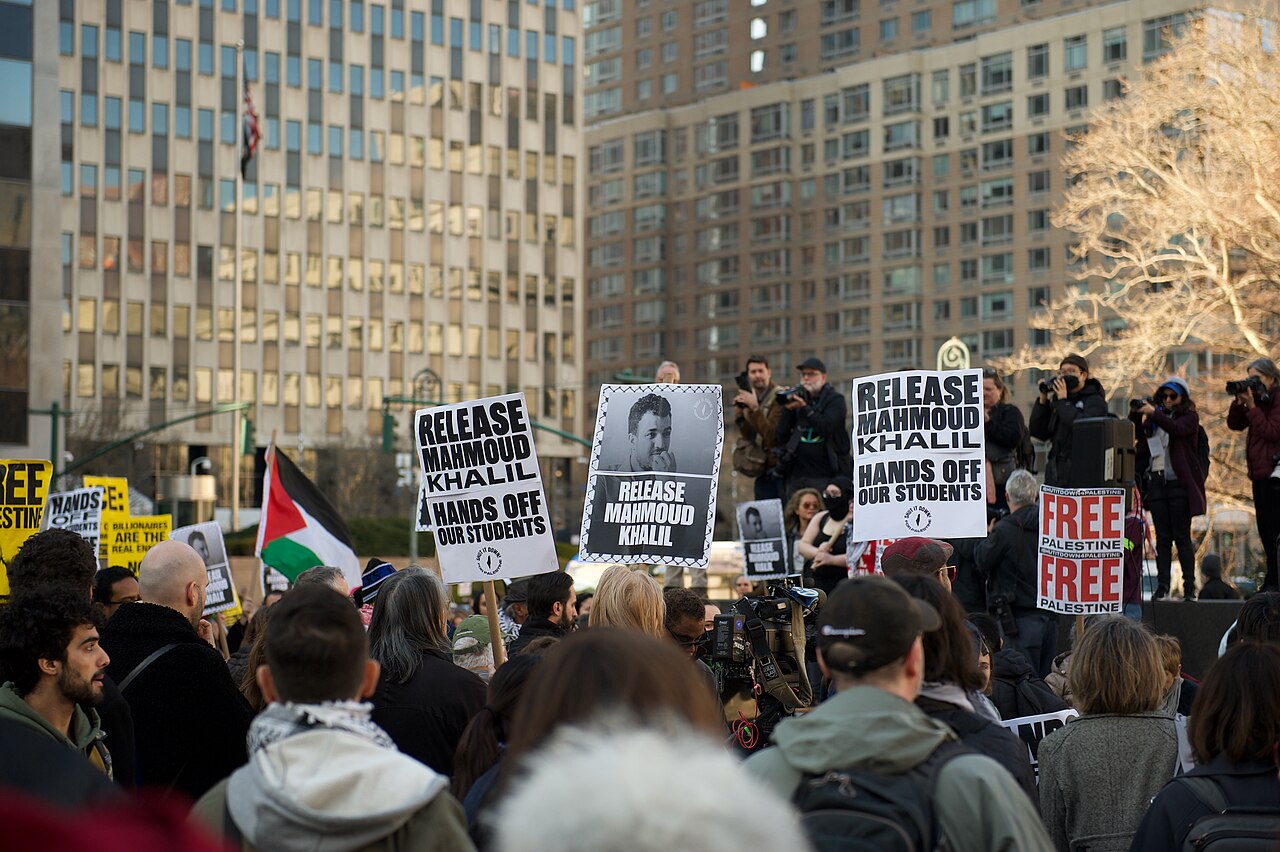Free Speech in an Era of Self-Radicalization
In the social media era, there have been a number of terrorist attacks in America that, at least in part, could be attributed to “self-radicalization.” Self-radicalization refers to the phenomenon wherein individuals radicalize by consuming extremist literature but have few, if any, formal ties to any terrorist organization. Prominent examples of self-radicalization incidents include Fort Hood, the Boston Marathon bombings, and the shootings in Chattanooga and San Bernardino.
Published by The Lawfare Institute
in Cooperation With

In the social media era, there have been a number of terrorist attacks in America that, at least in part, could be attributed to “self-radicalization.” Self-radicalization refers to the phenomenon wherein individuals radicalize by consuming extremist literature but have few, if any, formal ties to any terrorist organization. Prominent examples of self-radicalization incidents include Fort Hood, the Boston Marathon bombings, and the shootings in Chattanooga and San Bernardino.
These uncoordinated attacks have not led to widespread fear and panic in the same way 9/11 did. The body counts are, of course, much lower. And what’s more, as a society we have become so numb to mass shootings that the distinction between a “terrorist” attack and a “mass shooting” lacks practical meaning. Notably, the Boston bombing, whose death toll was the lowest of any of the above-mentioned attacks, arguably had the greatest psychological impact on society.
Self-radicalization is not new. In the pre-social media era, the 1995 Oklahoma City bombing had this type of powerful psychological impact. Congress responded with Anti-Terrorism and Effective Death Penalty Act (AEDPA), which gave the government new counterterrorism tools and limited the availability of federal habeas corpus. But the AEDPA was not designed to thwart radicalizing speech itself, probably because Timothy McVeigh’s radicalization occurred in a “traditional” fashion; the internet era was in its infancy, and social media as we know it hadn’t been invented. Self-radicalization with social media as a driver is new.
In a fascinating series here, here, and here, Zoe Bedell and Benjamin Wittes looked at whether and to what extent social media outlets could be liable under the material support for terrorism law (§2339B) for hosting accounts of Designated Foreign Terrorist Organizations (DFTO). The major restraint, they argued, was not a statutory one but a constitutional, First Amendment barrier of as-yet-undetermined strength. They explained that the Supreme Court upheld §2339B against a First Amendment challenge in Humanitarian Law Project v. Holder (HLP) (2009). And many commentators have worried that this decision might indicate a willingness to allow the government latitude when it comes to suppressing speech that advocates terrorism.
The question of how much latitude the case gives Congress is worth considering. The threat from self-radicalized terrorism in the social media era is still nascent. If more—or more deadly—attacks occur, society may demand action to thwart this type of speech. For example, after the Paris attacks, several European legislatures proposed laws that would grant greater authority to their governments to shut down extremist websites. And while the FCC has said it lacks the authority to do that in America, the context suggests that its concern is primarily statutory rather than constitutional.
All of which raises the question: To what extent would the First Amendment allow Congress to pass a law allowing the government to target speech that incites individual acts of terrorism, either by shutting down websites or prosecuting the “speakers” themselves?
HLP is, as commentators have warned, a very broad opinion, but it does contain limits. The most important is that violent, extremist views can be propagated by those who have no direct affiliation with any specific terrorist group. In the absence of such an association to a DFTO, §2339B would presumably not apply. Furthermore, the Court concluded that the statute does not even criminalize speech that supports a DFTO, so long as it is not directly coordinated with the organization: “Under the material-support statute, plaintiffs may say anything they wish on any topic. They may speak and write freely about the [the DFTO]…. As the Government states: ‘The statute does not prohibit independent advocacy or expression of any kind.’”
According to this reasoning, then, a cleric encouraging others to join Daesh (ISIS) would not fall under §2339B unless he was coordinating that speech with Daesh itself. In other words, even under HLP, independent advocacy is protected speech.
In United States v. Tarek Mehanna (2013), the First Circuit considered this distinction in the context of online radicalization. The defendant was convicted of a number of terrorism-related crimes, but the charge pertinent to this discussion concerned translation services he did for an al-Qaeda-affiliated website. The circuit court affirmed the conviction over a challenge that the jury instructions were erroneous as related to the First Amendment.
The court found that the trial judge had properly instructed the jury of the HLP holding, reiterating three times that: “A person cannot be convicted under this statute when he's acting entirely independently of a foreign terrorist organization. That is true even if the person is advancing the organization's goals or objectives.”
In other words, while the court found that Mehanna’s translations constituted “services,” it also noted that his conduct only violated §2339B—and was outside the protection of the First Amendment—because it was done in coordination with al-Qaeda.
What’s more, HLP does not overrule Brandenburg v. Ohio (1969), the seminal case in First Amendment jurisprudence as relates to incitement to violence. Brandenburg takes a very permissive view towards free speech. In that case, a Ku Klux Klan leader at a couple rallies of a dozen or fewer members made reference to “marching on Congress” and taking “revengeance,” as well as some threatening statements against blacks and Jews. The state prosecuted the leader under the Ohio Criminal Syndicalism Act for what the Court found to be “mere advocacy” of violence. Government, the Court held, could not “forbid or proscribe advocacy of the use of force or of law violation except where such advocacy is directed to inciting or producing imminent lawless action and is likely to incite or produce such action.”
Brandenburg thus holds that the government may only proscribe speech when (1) the intent of the speaker and (2) the actual words are (3) likely to incite (4) imminent violence. Unless all of these factors point to incitement, the First Amendment protects the speech.
The Court further noted that “the mere abstract teaching … of the moral propriety or even moral necessity for a resort to force and violence is not the same as preparing a group for violent action and steeling it to such action.”
Speech that teaches that it is one’s religious duty to resist the unbeliever with violent force seems clearly to fall outside the category of “preparing a group for violent action.” Brandenburg, then, severely limits the government’s ability to suppress radicalizing speech or shut down radical websites.
So what do HLP and Brandenburg mean in practice for counterterrorism in this inchoate dangerous era of social media and self-radicalization?
As a threshold matter, it is not always clear where a DFTO begins and ends. In Mehanna, for example, the defendant did his translation services for a website “that comprised an online community for those sympathetic to [al-Qaeda] and Salafi-Jihadi perspectives.” This may not sound like coordination with the al-Qaeda itself, but the circuit court accepted the jury’s findings of fact on this element without much discussion.
This ambiguity may give the government some flexibility when it argues that that what appears to be independent advocacy is actually coordinated with a DFTO--at least if it can convince a jury of coordination. As HLP and Mehanna indicate, the judiciary is reticent about substituting its judgment about where a DFTO begins and ends for that of the executive. And the government has already stretched the 2001 AUMF to cover organizations with very tenuous links to al-Qaeda, so this type of flexible interpretation is not without precedent and could be very powerful.
The applicability of Brandenburg to the current fight against radical Islamic terrorism may also be moot to the extent that the government finds it more valuable to monitor “radicalizers” (and those who are following them) than to try to prosecute them, especially since so many are overseas. Furthermore, as more and more radicalization occurs in encrypted channels, the government may decide not to prosecute for fear of revealing extremely sensitive sources and methods used to obtain access to those channels.
Alternatively, Congress could pass a statute specifically aimed at this type of radicalizing speech and hope that the Court would overturn or limit Brandenburg when challenged. The history of free speech jurisprudence suggests that when society is threatened with what is perceived as a genuine, existential threat, the courts have generally devised tests that allow more deference to the government than does Brandenburg. For example, the Supreme Court allowed the government significant leeway to suppress communist speech in the “First Red Scare” in the early 1920s (e.g. Gitlow v. People and Whitney v. California) and the “Second Red Scare” from the late 1940s to the late 1950s (e.g. Dennis v. United States). And HLP itself is a carve out of Brandenburg in the terrorism context. It’s not unreasonable to think that in the face of a series of terrorist attacks and a real public scare that the Court would find a way to further limit Brandenburg.
By contrast, one could argue that Brandenburg’s extreme permissiveness towards free speech was at least partly due to the fact that the case involved speech by a member of a disjointed Ku Klux Klan that was a shadow of what it was in the 1920s. Of course, even under this sociological view of the judiciary and HLP, today’s Court almost certainly does not see self-radicalization and lone-wolf terrorist attacks as a sufficiently existential threat to overturn Brandenburg.
In short, as long as Brandenburg remains good law, the true lone wolf who is doing mere advocacy is pretty safe. Although the Court in HLP gave the government some leeway to suppress speech from and to groups it has determined to be terrorist organizations, this deference has not been extended to independent advocacy of external jihad as one’s moral and religious duty, speech that is at the heart of self-radicalization. Until the Supreme Court says otherwise, Brandenburg will protect the vast majority of this dangerous type of speech.





